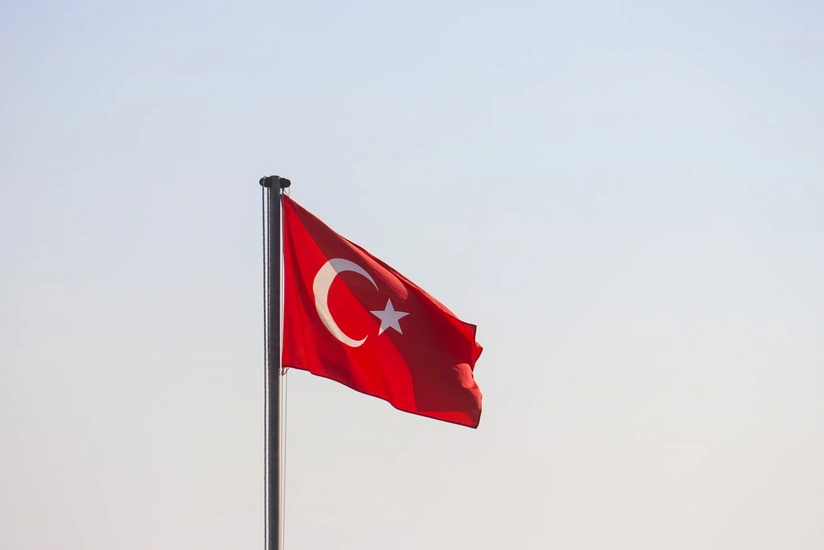Türkiye attracts up to $10B in int'l financing as part of Middle Corridor
- 04 October, 2025
- 13:24

The Turkish government intends to attract around $9.7 billion from the World Bank (WB) and other international financial institutions to implement two large-scale infrastructure projects - the Eastern Türkiye Middle Corridor Railway Development Project (ETMIC) and the Istanbul North Rail Crossing Project (INRAIL).
As Report informs, citing the World Bank, the estimated cost of the ETMIC project is $1.615 billion, including VAT, while the INRAIL project costs $8.1 billion, including VAT, contingencies, construction supervision, and project management.
The ETMIC project involves the rehabilitation and electrification of the Divrigi-Kars-Georgia border railway line, which is part of the Middle Corridor (Trans-Caspian International Transport Route, TITR).
The program includes the rehabilitation of 587 km of railway infrastructure and superstructure, electrification of 667 km of line from Divrigi to the Georgian border, construction of bridges, tunnels, culverts, retaining walls and station expansions, implementation of regulated level crossings, and development of social facilities to ensure safe and convenient operation.
The modern traffic management system will include 154 kV substations and power lines, signaling and telecommunications equipment, Centralized Traffic Control (CTC), and a 320 km Distributed Acoustic monitoring System (DAS).
According to the World Bank, the upgraded eastern corridor will become a strategic part of the Middle Corridor within Türkiye, providing direct connection between the country and Georgia, the Caspian region, and Central Asia. The electrified freight line will increase the speed, reliability, and environmental friendliness of transportation, as well as strengthen Türkiye's role as a key hub in Eurasian logistics.
In parallel, Türkiye is preparing to implement the INRAIL project - the construction of a new railway line approximately 125 km long, which will connect the Asian and European parts of the country bypassing the Istanbul metropolitan area.
The line will begin near Çayırova station (Asian side) and end at Çatalca station (European side), passing through the Yavuz Sultan Selim Bridge. The new line will be electrified and fully signalized, designed for both passenger and freight transportation.
According to the project, passenger trains will be able to reach speeds of up to 160 km/h, and freight trains - 80-120 km/h. The line will provide direct connection between Istanbul Airport and Sabiha Gökçen Airport, integrating them into the national railway network and enhancing multimodal logistics.
As the World Bank notes, INRAIL will provide internal and international transport connectivity between air and rail hubs, while improving urban mobility in the metropolis. The bypass line will have only two stations - both airports, which will efficiently serve passenger flows and develop multimodal freight transportation.
Recall that in 2024, the volume of freight transportation via TITR increased by 62% and reached 4.5 million tons. In 2025, further growth to 5.2 million tons is forecasted, of which 4.2 million tons will travel through the routes of participating countries. Of this volume, 2.5 million tons will be dry cargo (approximately 96,000 TEU), and 1.7 million tons will be oil.
By 2027, the route's capacity could increase to 10 million tons per year, providing a sustainable basis for increasing Azerbaijan's transit potential and attracting additional investments in infrastructure development.
